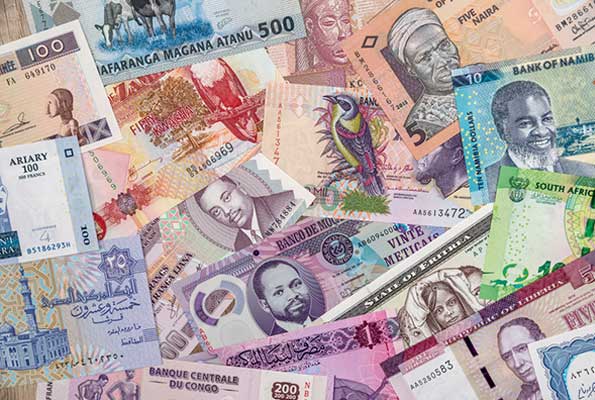The East Africa Community (EAC) plans to have a unified regional currency in the following four years.
The East African Monetary Union was expected to be accomplished within the next four years, according to EAC Secretary-General Peter Mathuki, despite a technical working group’s recommendation that the timeframe is extended to 2031.
He said that the Council of Ministers would likely decide soon where the East African Monetary Institute will be. This is a step toward the creation of a single currency by the East African Central Bank. He said the area would be able to trade and travel more quickly if they all used the same currency.
“The single currency will ease business and movement of persons within the region. It is in line with our goal to make the region borderless so that people can move and trade freely as envisioned in the Common Market Protocol,” Peter Mathuki said.
“Plans are at an advanced stage to hold similar consultations for Tanzania, Rwanda, Kenya and South Sudan in the 2022-2023 Financial Year,” he added.
He disclosed this information to newsmen during his 5-day retreat at the Maanzoni Lodge in Machakos County.
According to Peter Mathuki, the action aligns with EAC’s intention to abolish all regional borders to allow unrestricted commerce and movement as envisioned under the standard market protocol.
Additionally, the East African Community is sending a delegation to Somalia to evaluate the country’s inclination to join the fold.
The head of state summit of the region asked the council to follow up on the application by Somalia to join the community.
The East African Community V (EAC) nations are anticipated to adopt a unified currency by 2024, according to the protocol on the establishment of the East African Community Monetary Union (EAMU). The third stage of the regional integration process, which comes after creating a political federation and a common market, is where EAMU is at the moment (EAC, 2000).
Mundell (1961), McKinnon (1963), and Kenen came up with the idea of the optimum currency area (OCA), which has been used to figure out the costs and benefits of monetary integration for a long time.
The benefits are directly related to the fact that using multiple currencies makes it easier for countries to trade with each other and that each country can use its own economic and exchange rate policies to make changes to the economy as a whole.
The main argument advanced by the OCA is that areas or countries that adopt a common currency may be vulnerable to symmetric shocks or have systems to absorb asymmetric shocks, such as wage flexibility and labour mobility.



